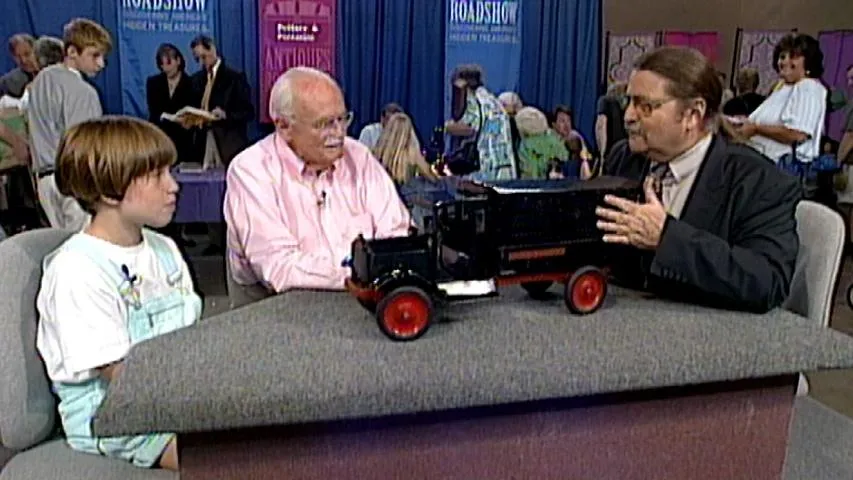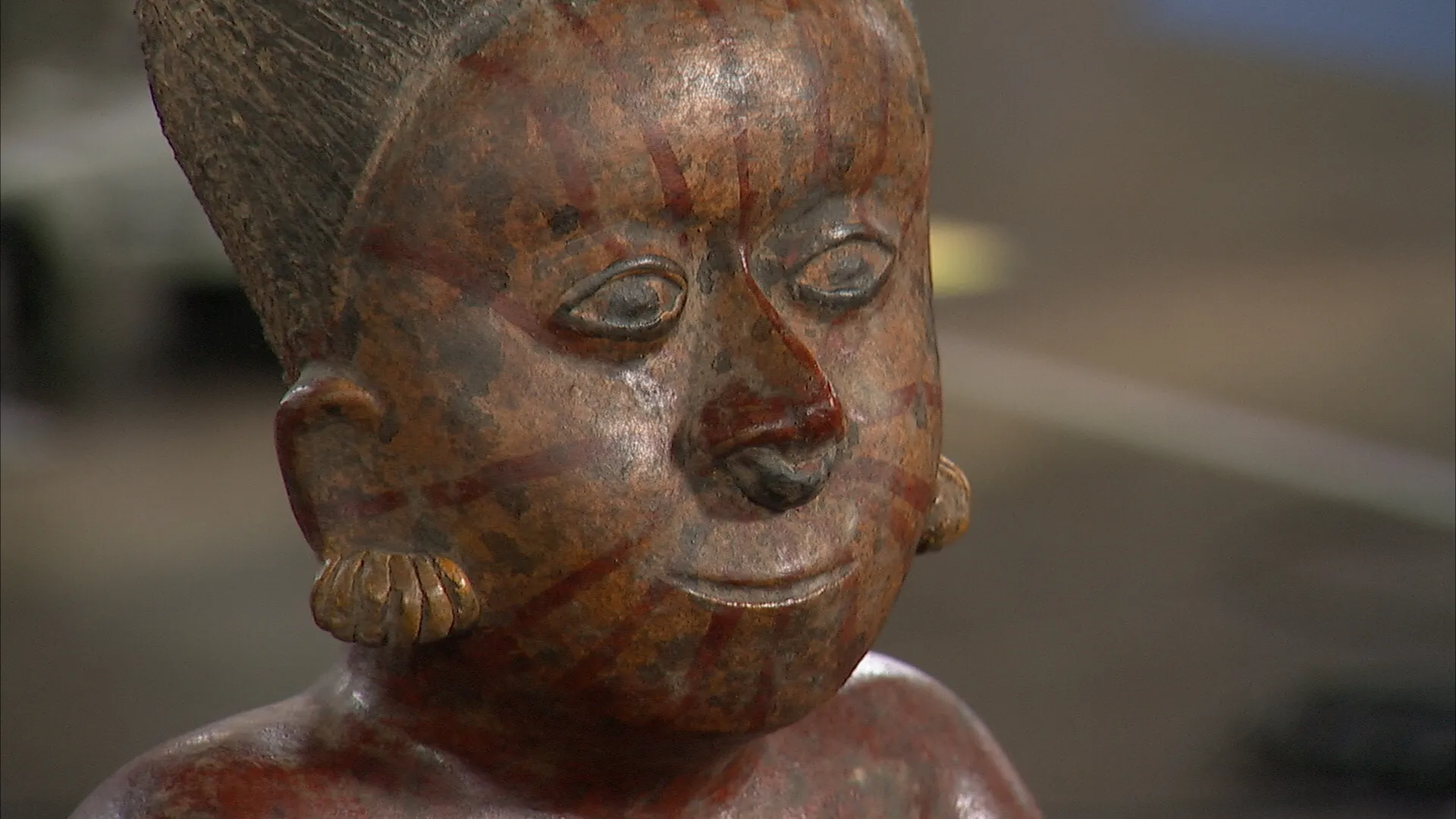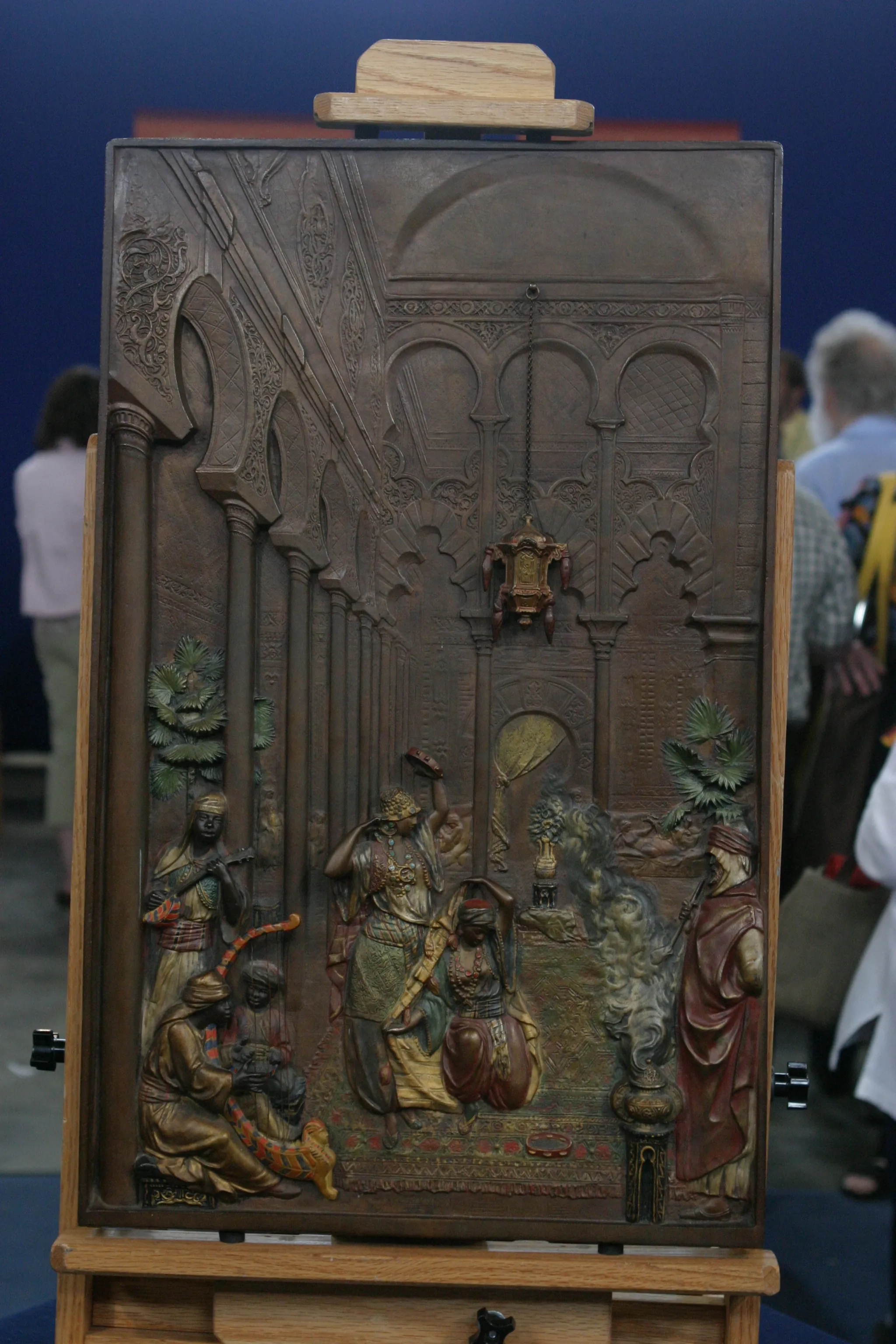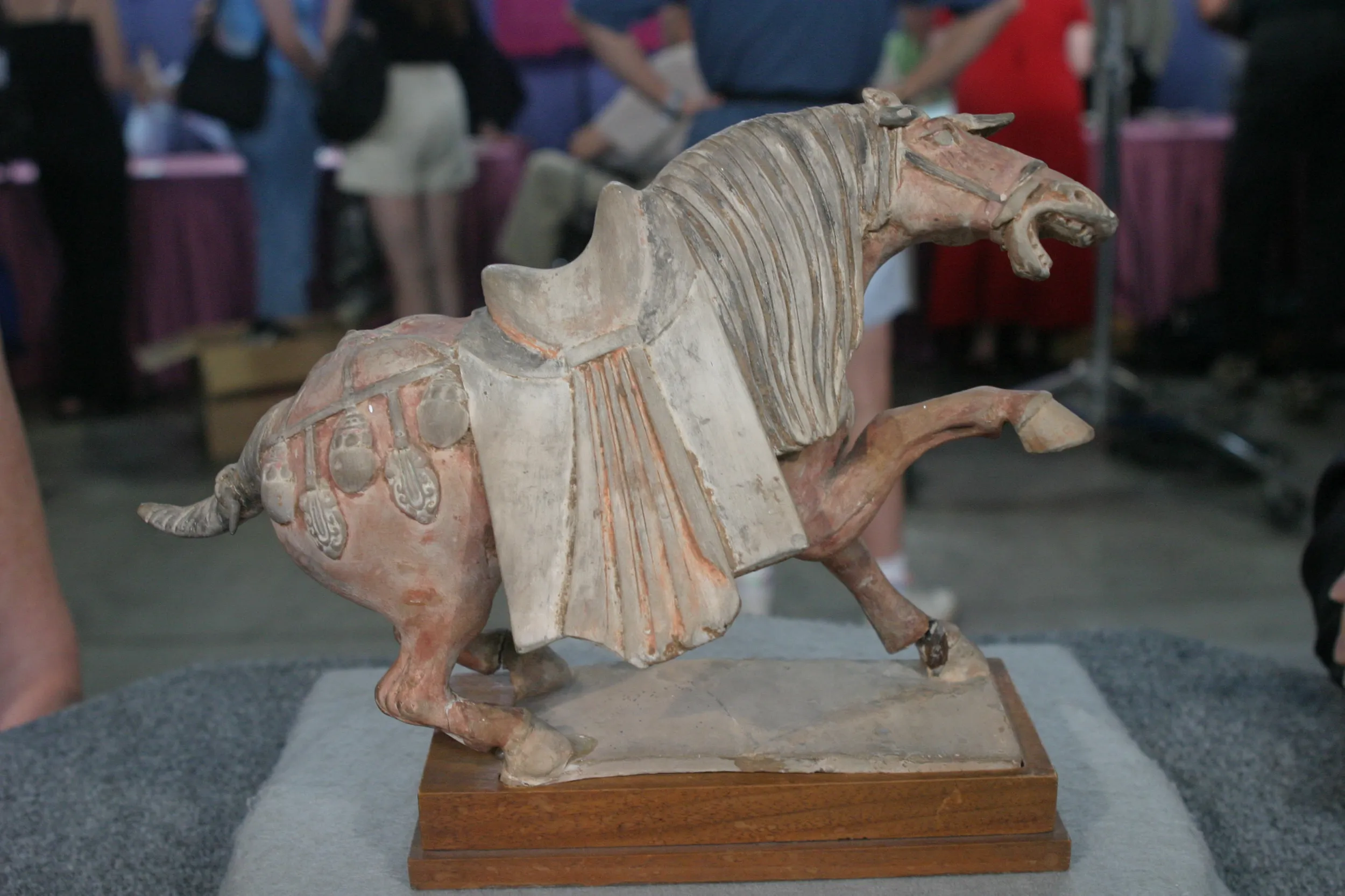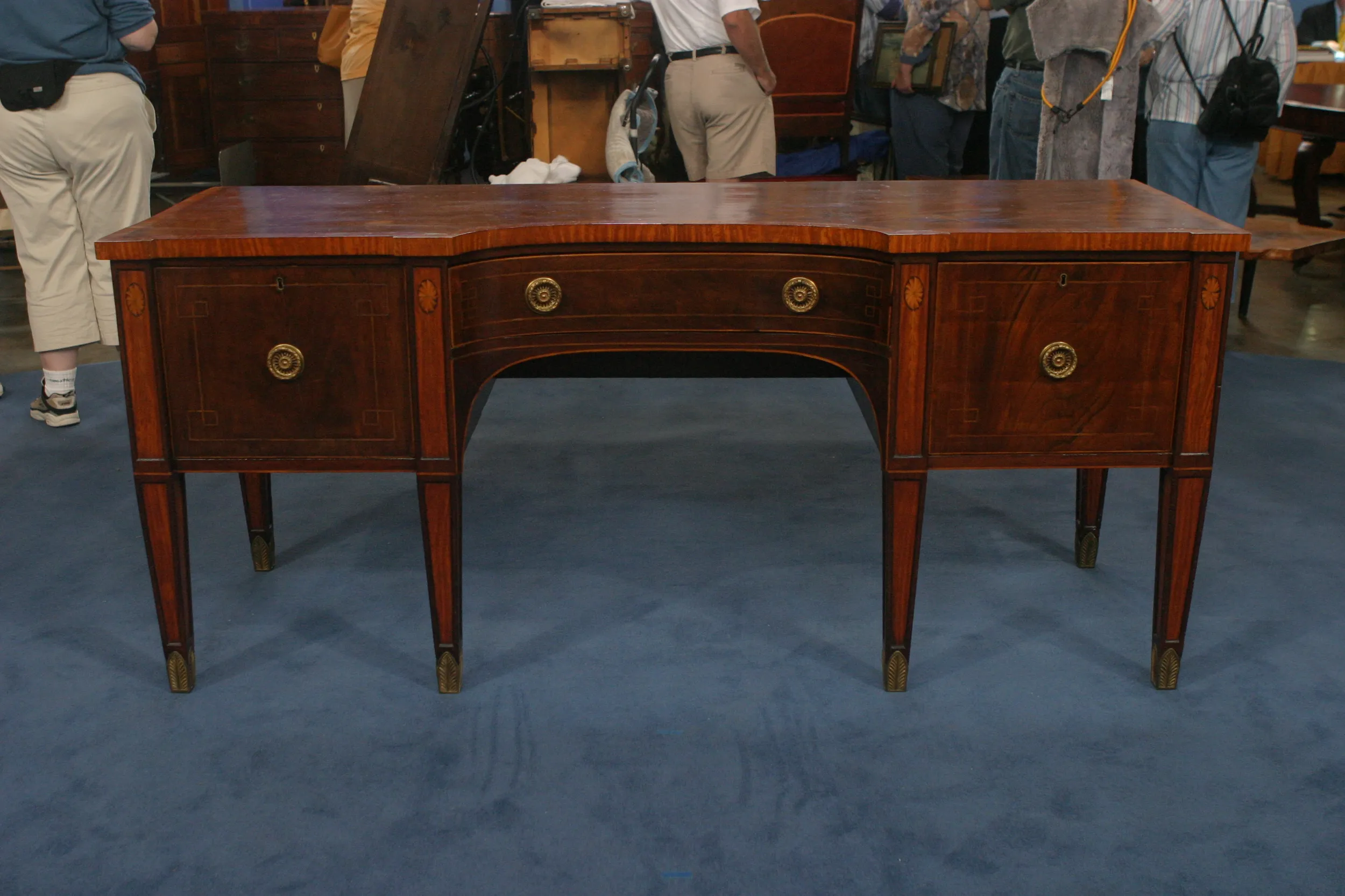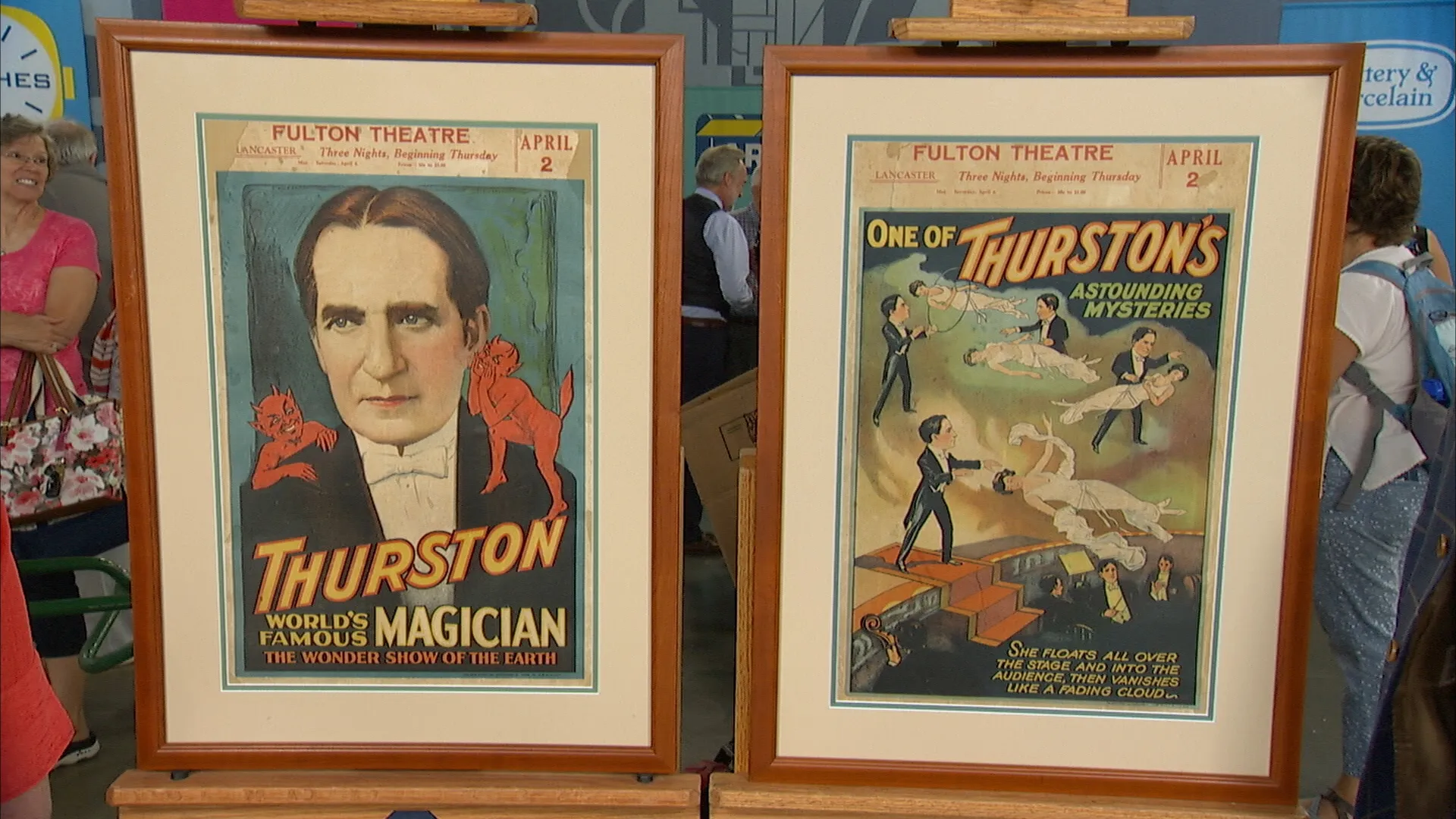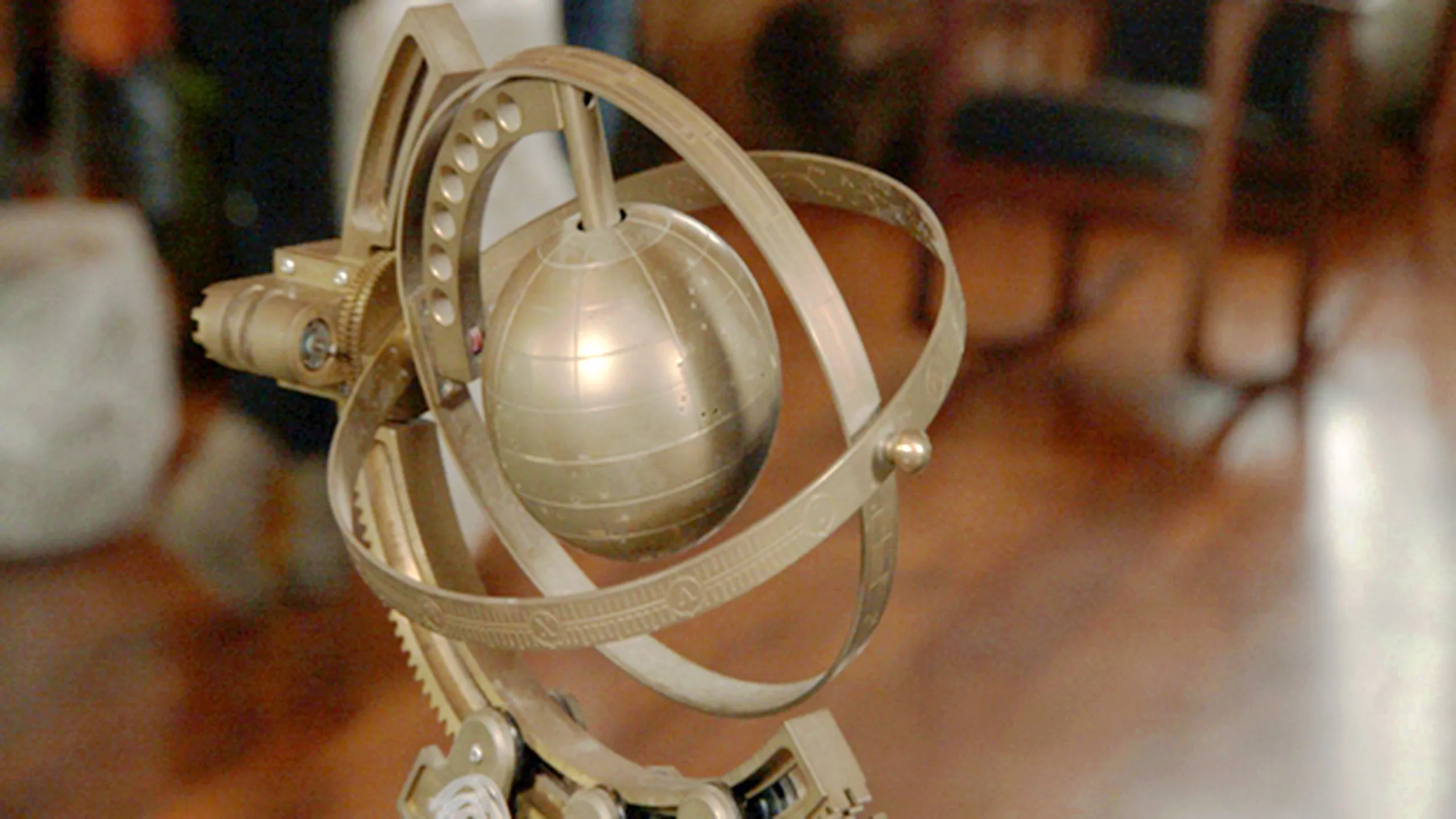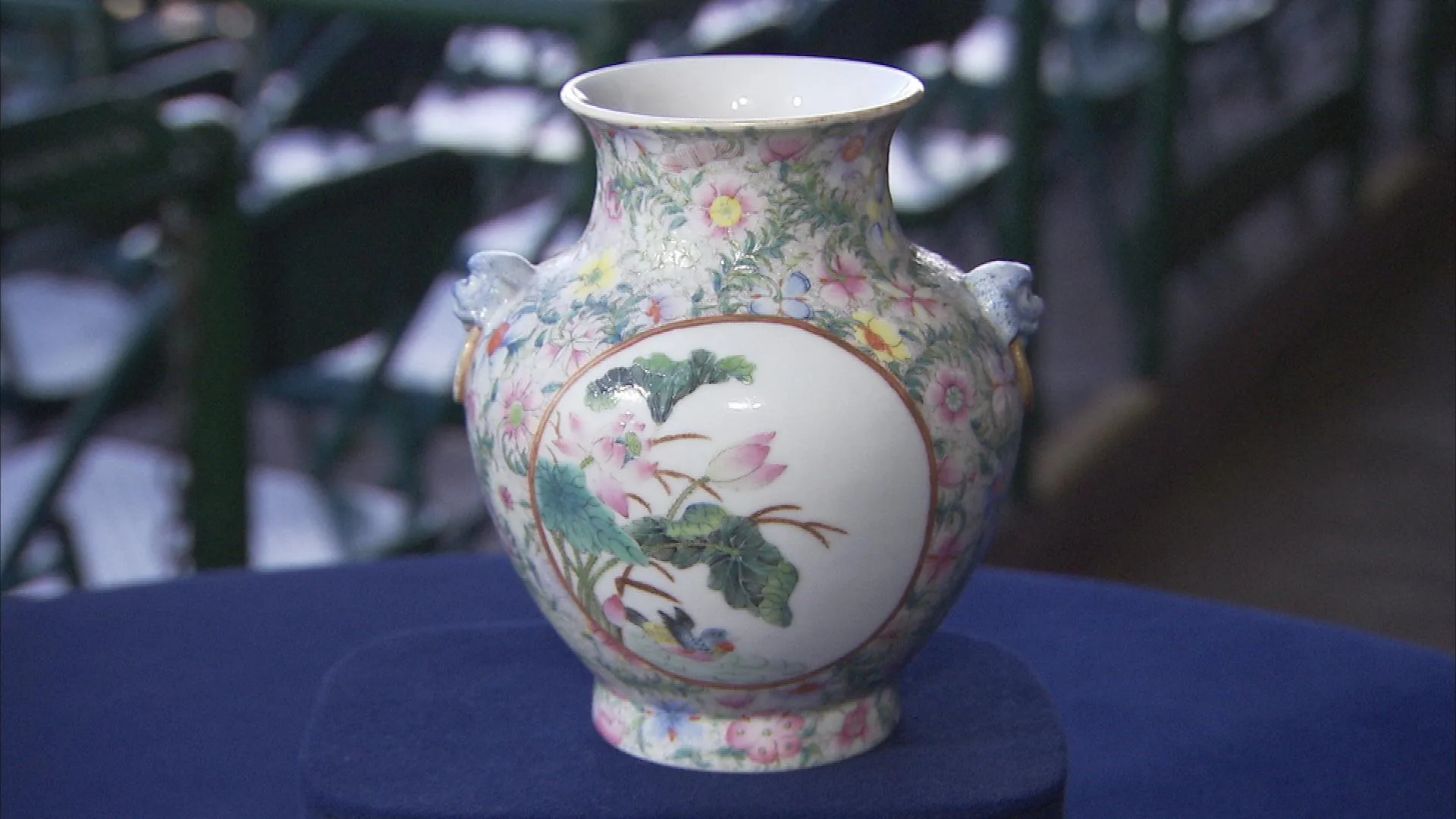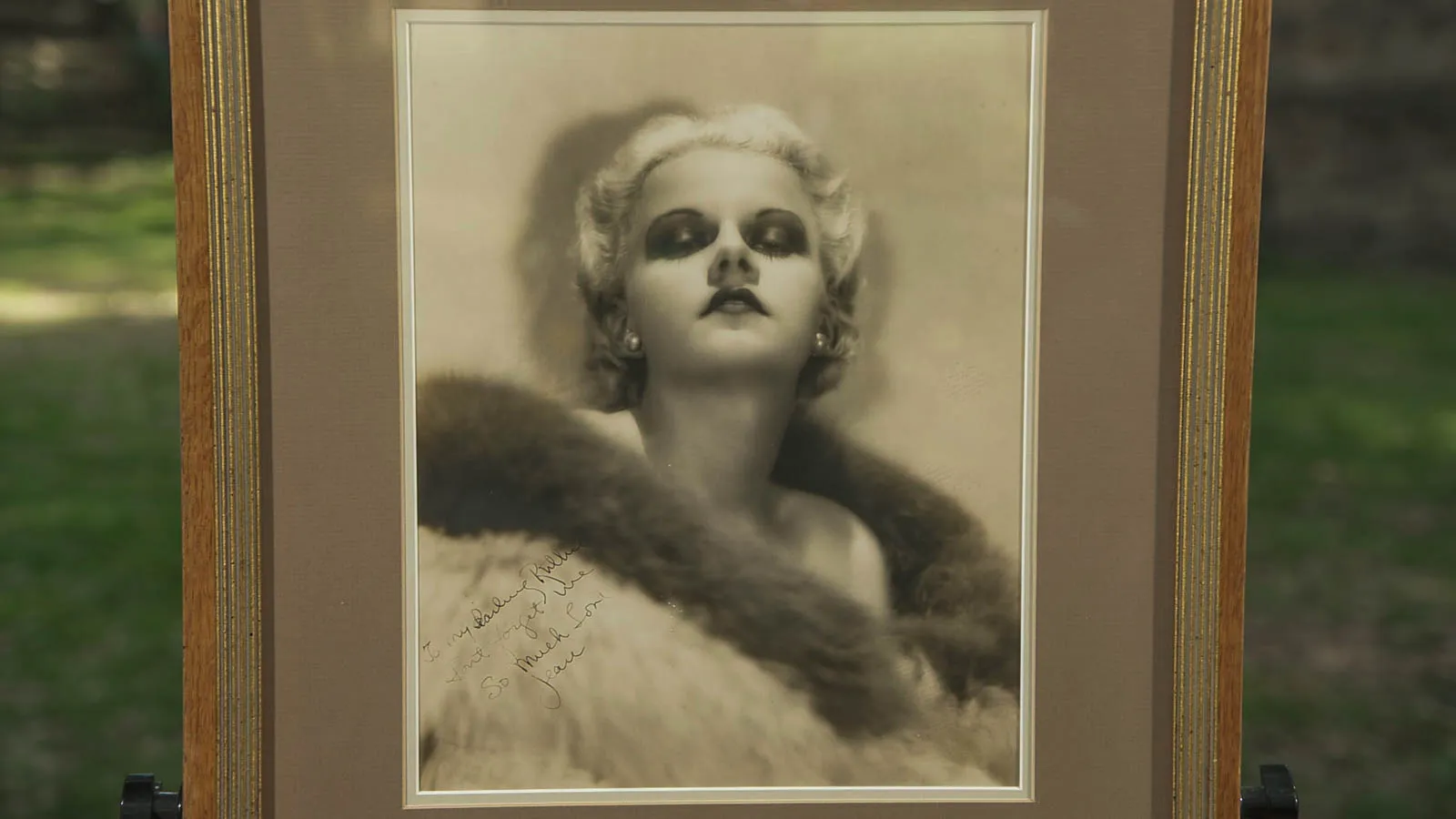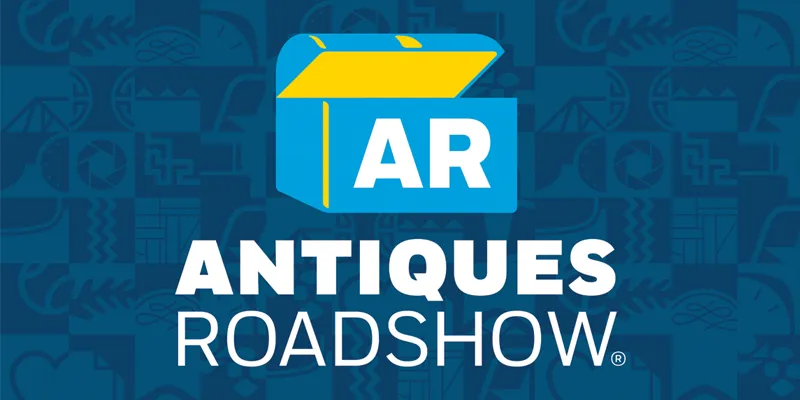GUEST: My family enjoys Indian and Aztec-looking art. And I went into an antique mall, and a young lady was in there trying to sell this to the cashier. He apparently wasn't interested, and she was standing there distressed looking.
APPRAISER: Right.
GUEST: And I said, "That's really a unique piece of art "you have there. How much do you want for it?" And she says, "Just whatever you will offer." And I had $20 in my pocket. And I said, "Well, this is all that I have." And she said, "That's fine." I took the art piece and gave her the $20.
APPRAISER: You've also begun a research process on this, haven't you?
GUEST: Yes, yes. I tried to find things that would be similar. I see that it's like Mesoamerican, maybe Pre-Columbian. And it was the era of like 200 A.D. I don't know if it's a reproduction or if it is the original.
APPRAISER: This piece is interesting for a number of reasons. Stylistically, what it's supposed to be is Nayarit. That's N-A-Y-A-R-I-T, which is a province in West Mexico. Unfortunately, this piece is a reproduction. These pieces normally would have been fired in a very low-fire kiln. This, and I want you to listen carefully for this...(tapping) Do you hear how high-pitched that is?
GUEST: Yes, uh-huh.
APPRAISER: That's a sign this piece is from a very hot kiln, in modern times. Stylistically, it's also just a little bit exaggerated. You see these black spots on it?
GUEST: Mm-hmm.
APPRAISER: This is supposed to be manganese. But the way this is just sort of sitting on the surface, and the way it has a splash pattern, it was put on with a paintbrush.
GUEST: Oh, I see.
APPRAISER: So consequently, what you do have is a reproduction. Now, that's the bad news. The good news is, in the decorative market in some places you can see this thing sell for $150. Normally, you'd see it, say, $50 to $100. So your $20 investment was a great one.
GUEST: Oh, I would have paid that at Wal-Mart for it.
APPRAISER: There we go.

